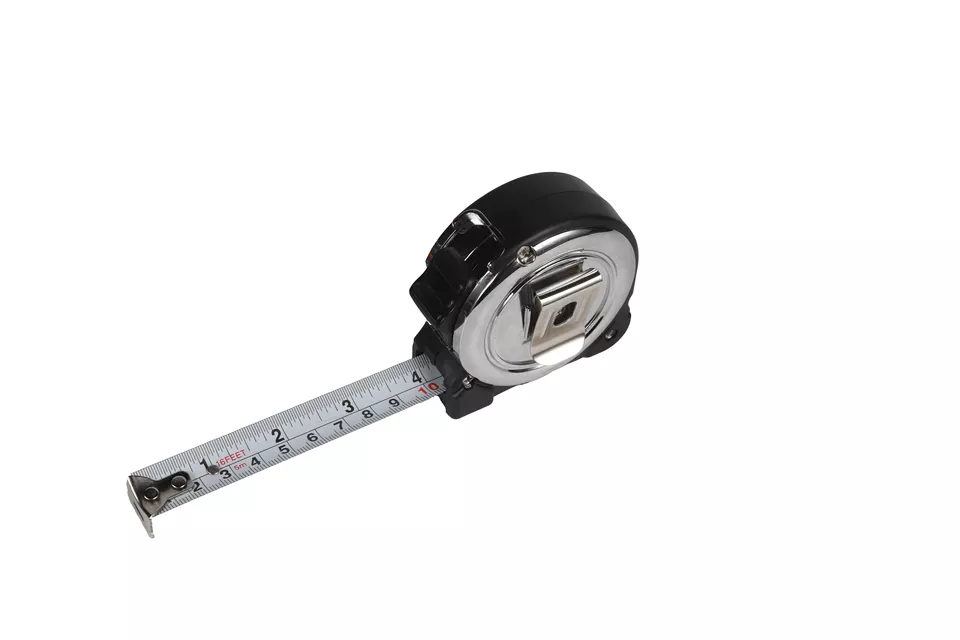twist drill
Twist drills are the most widely used hole machining tools. Usually the diameter ranges from 0.25 to 80 mm. It is mainly composed of the working part of the drill bit and the handle. The working part has two spiral grooves, which are shaped like twists, hence the name. In order to reduce the friction between the guiding portion and the wall of the hole during drilling, the twist drill is gradually reduced in diameter toward the shank and has an inverted cone shape. The helix angle of the twist drill mainly affects the size of the rake angle on the cutting edge, the strength of the blade and the chip removal performance, usually 25° to 32°. The spiral groove can be processed by milling, grinding, hot rolling or hot extrusion, and the front end of the drill bit is sharpened to form a cutting portion. The standard twist drill has a cutting edge angle of 118, a transverse blade angle of 40° to 60°, and a relief angle of 8° to 20°. For structural reasons, the rake angle is large at the outer edge and gradually decreases toward the middle, and the rake angle is a negative rake angle (up to -55°), which is squeezed during drilling.
In order to improve the cutting performance of the twist drill, the cutting portion can be ground into various shapes (such as a group drill) according to the nature of the material to be processed. The handle of the twist drill has two types: a straight shank and a taper shank. The former is clamped in the drill chuck while the latter is inserted into the taper hole of the machine spindle or the tailstock. Generally twist drills are made of high speed steel. Twist drills with carbide inserts or crowns are suitable for machining cast iron, hardened steel and non-metallic materials. Solid carbide small twist drills are used to process instrument parts and printed circuit boards.
Flat drill
The cutting part of the flat drill has a spade shape, a simple structure, a low manufacturing cost, and the cutting fluid is easily introduced into the hole, but the cutting and chip discharging performance is poor. The structure of the flat drill is both integral and assembled. The monolith is mainly used for drilling micropores with a diameter of 0.03 to 0.5 mm. The assembled flat drill blade is replaceable and can be internally cooled. It is mainly used for drilling large holes with a diameter of 25 to 500 mm.
Deep hole drill
Deep hole drills generally refer to tools that machine holes with a hole depth to hole ratio greater than 6. Commonly used are gun drills, BTA deep hole drills, jet drills, DF deep hole drills, etc. Nesting drills are also commonly used for deep hole machining.
Reaming drill
Reaming drills have 3 to 4 teeth and are more rigid than twist drills to expand existing holes and improve machining accuracy and finish.
Drill
The boring drill has a large number of teeth, and the hole end is processed into a desired shape by a forming method for processing the countersunk holes of various countersunk screws or flattening the outer end faces of the holes.
Center drill
The center drill is used for drilling the center hole of the shaft type workpiece. It is essentially a composite of twist drill and boring drill with a small helix angle, so it is also called a composite center drill.









